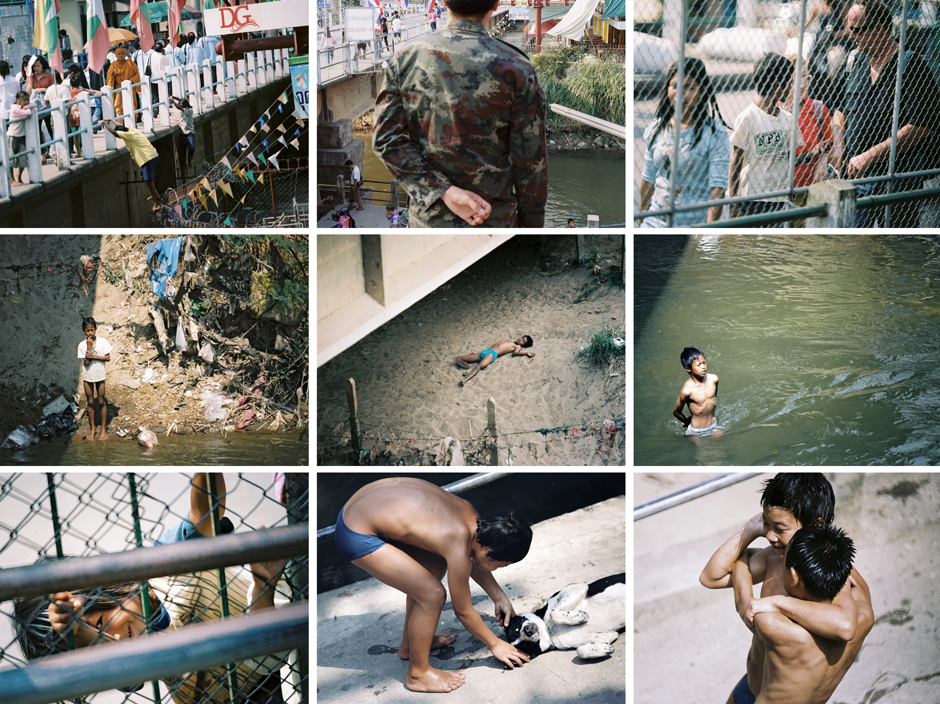
The area between Chiang Mai and the border to Myanmar (Burma) is inhabited by Thais and different ethnic groups – Akha, Lisu, Lahu, Hmong, Karen, Burmese refugees – who speak different languages, often have no citizenship and are often very impoverished. Only a part of their children attend school (in Thailand the number of children without school attendance is estimated at about one million). AIDS has spread through the villages like the plague and has left behind many orphans. Other children have been abandoned by fleeing relatives. Child labour is widespread, as is child trafficking. The area was one of the main sites of the Thaksin government’s ‘drug war’ which killed about 2500 people. One of the key problems in the region:
o extreme poverty, especially among the mountain tribes,
o An extensive informal economic sector with unemployment or underemployment,
o drug trafficking from Myanmar,
o Destruction of forest stands by slash-and-burn,
o Corruption,
o prostitution,
o Aids,
o Lack of access to health care for the poor.
As a result of these problem constellations, there are numerous children, often without relatives, who try to survive through child labour, rubbish tips, begging, stealing or prostitution.
The following sequence of pictures by the photographer Anna Simone Wallinger exemplarily shows the reality of life of children who develop strategies at the border crossing Thailand/Burma to avoid sniffing the glue, succumbing to modern human trafficking and being recruited as child soldiers. Several times a day they cross the polluted river below the bridge, which is the official border crossing: to escape from the border police/military, to smuggle drugs, to prepare tourist groups for begging on both sides of the country.
And another book on the subject: Lena Zimmer lived with the bridge children and accompanied them. Her report and analysis focus on the children’s lifestyles and behaviours: an ethnological study from one of the crisis regions of Southeast Asia.

